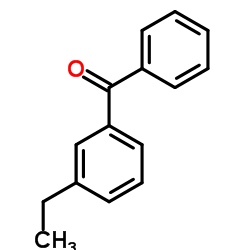22071-15-4
| Name | ketoprofen |
|---|---|
| Synonyms |
2-(3-benzoyl-phenyl)propionic acid
Ketoprophene Ketopron UNII:90Y4QC304K Epatec Lertus Ketoprofen Dexal Menamin Meprofen Fastum MFCD00055790 racemic-Ketoprofen Orugesic Iso-K Oscorel 2-(m-Benzoylphenyl)propionic acid Oruvail Toprec Racemic Ketoprofen Toprek 2-(3-Benzoylphenyl)propanoic acid Kefenid Ketoflam Orudis Benzeneacetic acid, 3-benzoyl-α-methyl- benzeneacetic acid, 3-benzoyl-a-methyl- ru4733 EINECS 244-759-8 Enantyum (±)-Ketoprofen Topre 2-(3-benzoylphenyl)propionic acid aneol |
| Description | Ketoprofen is a non-steroidal antiinflammatory agent, acting as a potent inhibitor of COX, with IC50s of 2 nM and 26 nM for COX-1 and COX-2 in human blood monocytes, respectively. |
|---|---|
| Related Catalog | |
| Target |
COX-1:2 nM (IC50, in human blood monocytes) COX-2:26 nM (IC50, in human blood monocytes) |
| In Vitro | Ketoprofen (Compound 2) is a non-steroidal antiinflammatory agent, acting as a potent inhibitor of COX, with IC50s of 2 nM and 26 nM for COX-1 and COX-2 in human blood monocytes, respectively[1]. |
| In Vivo | Ketoprofen (0.32-10 mg/kg, s.c) dose-dependently inhibits acid-induced depression of nesting (IC50, 2.05 mg/kg), and reverses CFA-induced such depression at 0.1-10 mg/kg, with an IC50 of 0.18 mg/kg in mice[2]. |
| Animal Admin | First, Ketoprofen (0.1-1.0 mg/kg) and morphine (0.1-1.0 mg/kg) are evaluated for their effectiveness to block U69,593-induced depression of nesting. For these studies, Ketoprofen or morphine is administered 30 min before nesting, 1.0 mg/kg U69,593 is administered 15 min before nesting, and each set of conditions is tested in a group of six mice[2]. |
| References |
| Density | 1.2±0.1 g/cm3 |
|---|---|
| Boiling Point | 431.3±28.0 °C at 760 mmHg |
| Melting Point | 93-96°C |
| Molecular Formula | C16H14O3 |
| Molecular Weight | 254.281 |
| Flash Point | 228.8±20.5 °C |
| Exact Mass | 254.094299 |
| PSA | 54.37000 |
| LogP | 2.81 |
| Vapour Pressure | 0.0±1.1 mmHg at 25°C |
| Index of Refraction | 1.592 |
CHEMICAL IDENTIFICATION
HEALTH HAZARD DATAACUTE TOXICITY DATA
MUTATION DATA
|
| Symbol |

GHS06 |
|---|---|
| Signal Word | Danger |
| Hazard Statements | H301-H315-H319-H335 |
| Precautionary Statements | P261-P301 + P310-P305 + P351 + P338 |
| Personal Protective Equipment | Eyeshields;Faceshields;Gloves;type P2 (EN 143) respirator cartridges |
| Hazard Codes | T: Toxic; |
| Risk Phrases | R25;R36/37/38 |
| Safety Phrases | S26-S45-S36/37/39 |
| RIDADR | 2811 |
| RTECS | UE7570000 |
| Packaging Group | III |
| Hazard Class | 6.1(b) |
| HS Code | 2916392000 |
| Precursor 8 | |
|---|---|
| DownStream 9 | |
| HS Code | 2918300090 |
|---|---|
| Summary | 2918300090 other carboxylic acids with aldehyde or ketone function but without other oxygen function, their anhydrides, halides, peroxides, peroxyacids and their derivatives。Supervision conditions:None。VAT:17.0%。Tax rebate rate:9.0%。MFN tariff:6.5%。General tariff:30.0% |






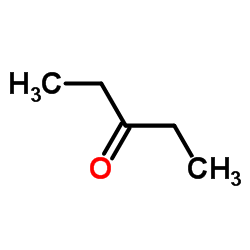


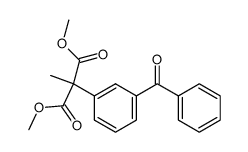
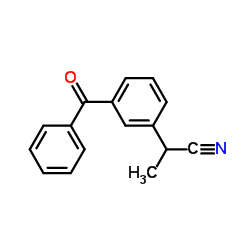
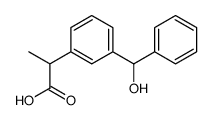

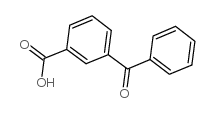
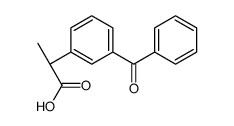
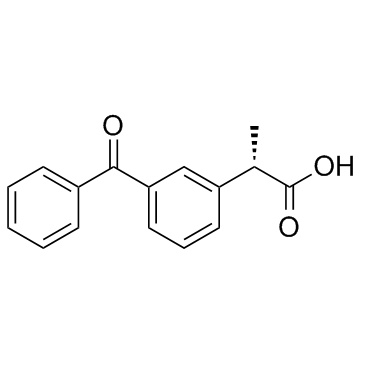
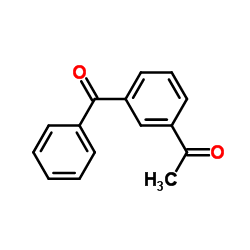
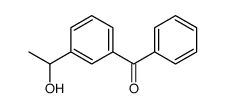
![[3-(1-chloroethyl)phenyl]-phenylmethanone structure](https://image.chemsrc.com/caspic/449/126489-64-3.png)
